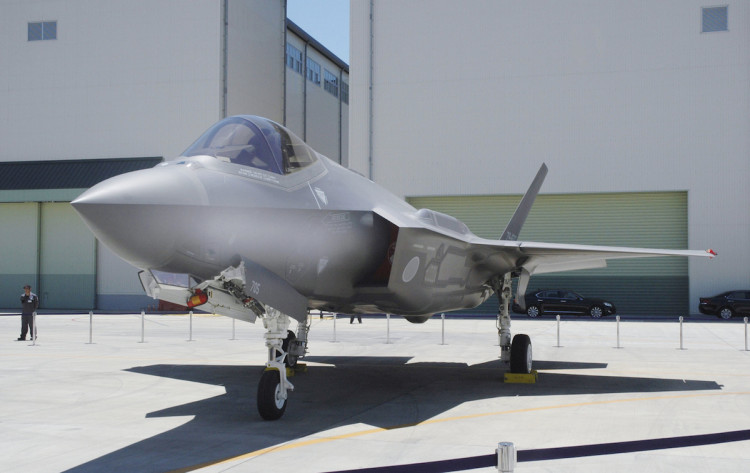Japan is accelerating the organization and training of an expeditionary air force that will fight alongside the U.S. Air Force and U.S. Navy anywhere in the Indo-Pacific in future conflicts.
Units of the Japan Air Self-Defense Force (JASDF) have been conducting joint training operations with U.S. Air Force units in Japan for decades. What's different this time is Japan is apparently organizing a dedicated expeditionary fighting units to do combat overseas.
If news reports to this effect are accurate, it will mean Asians will again see Japanese fight outside their country for the first time since the end of World War II in the Pacific on September 1945.
Hastening the formation of this JASDF expeditionary combat force are relentless aerial provocations by the People's Liberation Army Air Force (PLAAF) close to Japan's Senkaku Islands in the East China Sea.
In addition, warships of the People's Liberation Army Navy (PLAN) are also intruding into Japanese territory. The PLAAF and PLAN entered Japanese airspace and waters 100 consecutive days over the summer, according to Jeff Kingston, director of Asian studies at Temple University's Tokyo campus.
"Last week (outgoing Japanese Prime Minister Abe Shinzo) broached the subject of developing the capacity for preemptive missile strikes (against China)," said Kingston.
"This will encounter opposition both at home and in the region but is a sign of the times as the (government) seeks to shed the constitutional constraints on its military forces and security posture."
Building a Japanese expeditionary fighting force will necessarily mean changes will have to be made to Japan's pacifist foreign policy and the appropriate military equipment will have to be acquired, said Brig. Gen. Leonard Kosinski, Fifth Air Force vice commander.
The Fifth Air Force is headquartered at Yokota Air Base, Japan. Among its major missions is to assist in the mutual defense of Japan and enhance regional stability by planning, exercising and executing joint air operations in partnership with Japan.
"Twenty years ago, it was just an idea to have this integration but now it's amazing how much integration we have," said Gen. Kosinski speaking about bilateral training exercises with the Japanese military.
There will be more bilateral training on expeditionary skills with the Japanese since the United States and Japan see an increasing threat from Beijing, said Kingston.
Tensions between the U.S. and China are still at fever pitch. In late August, U.S. secretary of defense Mark Esper said the People's Liberation Army (PLA) "continues to pursue an aggressive modernization plan to achieve a world-class military by the middle of the century. This will undoubtedly embolden the PLA's provocative behavior in the South and East China seas, and anywhere else the Chinese government has deemed critical to its interests."
In response to Chinese aggression, the U.S. Navy will meet China's growing challenge to its naval supremacy by building a more lethal future fleet where robotic warships will play a key role in both surface and subsurface warfare.






